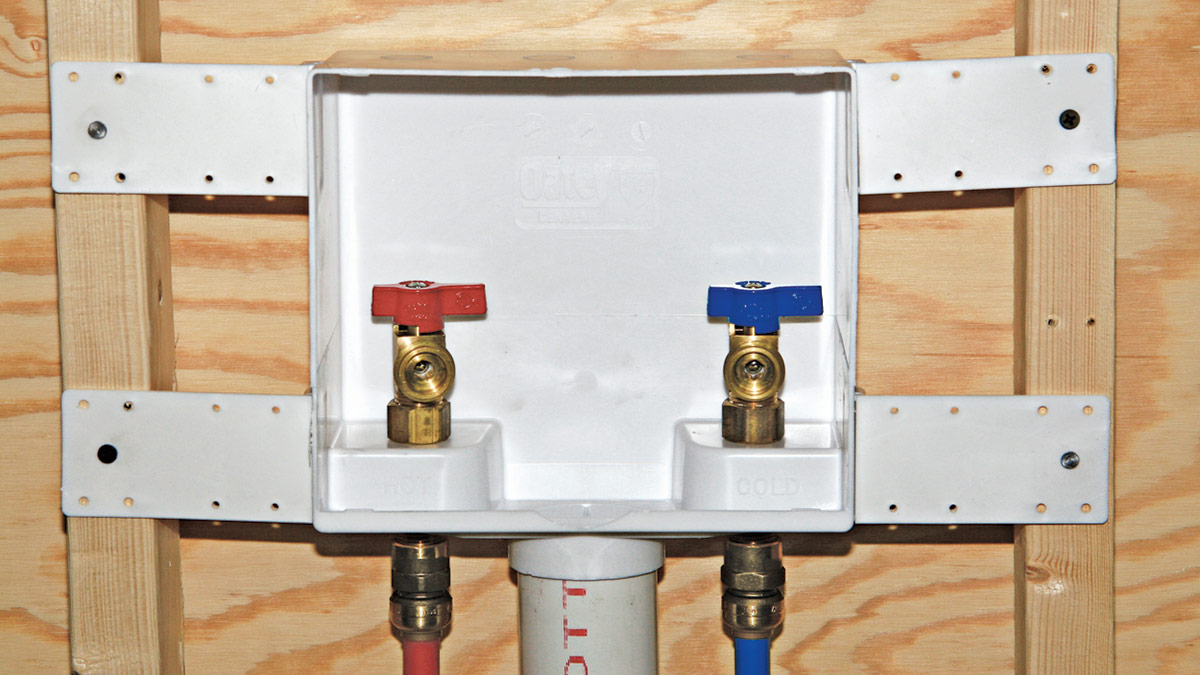

Articles
How To Install Washer Box
Modified: March 2, 2024
Discover step-by-step instructions and expert tips on how to install a washer box with our informative articles. Simplify your laundry room renovation today.
(Many of the links in this article redirect to a specific reviewed product. Your purchase of these products through affiliate links helps to generate commission for Storables.com, at no extra cost. Learn more)
Introduction
Installing a washer box is an essential step in setting up a laundry area in your home. The washer box serves as a connection point for the water supply lines and drain pipe of your washing machine, providing a convenient and organized way to access these connections. Whether you are remodeling your laundry room or building a new one, knowing how to install a washer box is a valuable skill that will save you time and effort.
By installing a washer box, you not only create a clean and tidy space but also ensure the proper functioning of your washing machine. A washer box helps prevent water leaks, protects your walls from damage, and makes it easier to shut off the water supply if any issues arise. It also provides a centralized location for all the necessary connections, making maintenance and repairs more straightforward.
In this article, we will guide you through the step-by-step process of installing a washer box. We will cover everything from gathering the necessary tools and materials to testing for leaks and finishing the drywall. By following these instructions, you will have a well-installed washer box that will make your laundry tasks much more efficient.
Before we dive into the installation process, let’s take a moment to gather the tools and materials you will need for this project. Having everything ready beforehand will help streamline the process and ensure you have everything you need on hand.
Key Takeaways:
- Installing a washer box is a rewarding DIY project that creates an organized and efficient laundry area. From measuring and marking to connecting water supply lines, this guide empowers you to complete the installation with confidence.
- Proper installation of a washer box ensures a centralized and convenient access point for your washing machine’s water supply and drain pipe. With careful testing for leaks and finishing touches, you can enjoy a well-installed and functional laundry space.
Read more: How To Install Electrical Box
Step 1: Gather necessary tools and materials
To install a washer box, you will need the following tools and materials:
– Drill
– Screwdriver
– Measuring tape
– Pencil
– Drywall saw
– Adjustable wrench
– Pipe cutter or hacksaw
– PVC or CPVC cement
– PVC or CPVC pipes and fittings
– Mounting brackets for the washer box
– Teflon tape
– Drywall patching materials
– Joint compound
– Sandpaper
– Paint
Make sure to gather all these items before starting the installation process. Having everything readily available will make the task much smoother and more efficient.
Step 2: Measure and mark the installation area
Once you have all the tools and materials, the next step is to measure and mark the area where you will install the washer box. Start by finding a suitable location, considering factors such as accessibility and proximity to the washing machine.
Key Takeaways:
- Installing a washer box is a rewarding DIY project that creates an organized and efficient laundry area. From measuring and marking to connecting water supply lines, this guide empowers you to complete the installation with confidence.
- Proper installation of a washer box ensures a centralized and convenient access point for your washing machine’s water supply and drain pipe. With careful testing for leaks and finishing touches, you can enjoy a well-installed and functional laundry space.
Read more: How To Install Electrical Box
Step 1: Gather necessary tools and materials
Before you begin the installation process, it’s important to gather all the necessary tools and materials to ensure a smooth and efficient process. Here are the essential items you’ll need:
1. Drill: A drill will be needed to create holes for mounting the brackets and any other necessary installations.
2. Screwdriver: A screwdriver is required for tightening screws during the installation process.
3. Measuring tape: Accurate measurements are crucial when installing a washer box. Use a measuring tape to ensure precise placement and alignment.
4. Pencil: A pencil will be used to mark the measurements on the wall and indicate where to cut and install the washer box.
5. Drywall saw: To create an opening in the drywall for the washer box, you’ll need a drywall saw. Make sure it is sharp for clean and accurate cuts.
6. Adjustable wrench: An adjustable wrench is necessary for tightening and connecting the water supply lines to the washer box.
7. Pipe cutter or hacksaw: Depending on the type of pipe you are working with, you’ll need a pipe cutter or hacksaw to cut the necessary pipes to size.
8. PVC or CPVC cement: If you are using PVC or CPVC pipes and fittings, you’ll need cement to securely attach the joints.
9. PVC or CPVC pipes and fittings: These are essential components for connecting the water supply lines and drain pipe to the washer box. Ensure you have the correct sizes and quantities for your specific installation.
10. Mounting brackets for the washer box: Mounting brackets are necessary for securely attaching the washer box to the wall. Make sure to choose brackets that are compatible with your washer box model.
11. Teflon tape: Teflon tape is used to create a watertight seal when connecting the water supply lines. Wrap the tape around the threaded ends of the pipes before attaching them.
12. Drywall patching materials: After installing the washer box, you’ll need materials like joint compound, sandpaper, and paint to patch and finish the drywall surrounding the box.
Now that you have gathered all the necessary tools and materials, you are ready to move on to the next step of the installation process. Having everything prepared in advance will save you time and allow for a seamless installation experience.
Step 2: Measure and mark the installation area
Now that you have gathered all the necessary tools and materials, it’s time to measure and mark the installation area for your washer box. Careful measurements are crucial to ensure proper placement and alignment. Follow these steps to accurately mark the area:
1. Choose the location: Determine the ideal spot for your washer box installation. Consider factors such as accessibility, proximity to the washing machine, and the availability of water and drain connections. Ensure there is enough clearance for the washer box and easy access for future maintenance.
2. Measure the height: Use a measuring tape to measure the desired height at which you want to install the washer box. Typically, it is recommended to have the box installed at a height that is convenient for connecting the washer’s water supply lines.
3. Mark the centerline: Once you have determined the height, use a pencil to mark the centerline of the installation area. This will serve as a reference point for aligning the washer box.
4. Measure the width: Measure the width of the washer box and transfer those measurements to the wall, starting from the centerline. Use a level to ensure the markings are straight and level.
5. Mark the perimeter: From the width markings, measure and mark the perimeter of the installation area. This will determine the exact size of the opening you need to cut in the drywall.
6. Double-check the measurements: Before proceeding to cut the drywall, double-check all the measurements and markings to ensure accuracy. Small errors at this stage can lead to significant problems during the installation process.
7. Consider electrical outlets: If there are electrical outlets near the installation area, take them into account when marking the perimeter. Ensure that the outlet remains accessible and unobstructed.
By carefully measuring and marking the installation area, you will have a clear guide for cutting the opening in the drywall. Double-checking your measurements will prevent any unnecessary errors and ensure a more precise installation.
In the next step, we will guide you through the process of cutting an opening in the drywall to accommodate the washer box.
Read more: How To Install Washer Drain
Step 3: Cut an opening in the drywall
With the installation area marked and measurements double-checked, it’s time to cut an opening in the drywall to accommodate the washer box. Follow these steps to make a clean and precise cut:
1. Prepare the area: Before you begin cutting, ensure the area is clear of any furniture or obstacles. Lay a drop cloth or plastic sheet to catch any dust or debris that may result from the cutting process.
2. Put on safety gear: It’s important to prioritize safety during this step. Put on safety goggles to protect your eyes from any flying debris, and wear a dust mask to prevent inhalation of dust particles.
3. Use a drywall saw: A drywall saw is specifically designed for cutting through drywall. Starting from the marked perimeter, carefully cut along the lines using the drywall saw. Take your time and make slow, steady cuts to create a clean and precise opening.
4. Check the fit: Once the opening is cut, check the fit of the washer box. Ensure that it fits snugly into the opening without any gaps or loose areas. If necessary, make minor adjustments to the opening size to ensure a proper fit.
5. Clean up: After cutting the opening, remove any excess drywall debris from the area. Use a vacuum cleaner or a brush to clean up the dust and debris. This will provide a clean surface for the next steps of the installation process.
Cutting an opening in the drywall can be a delicate task, so take your time and exercise caution. If you’re not confident in your skills, consider consulting a professional to ensure a precise cut.
Now that you have successfully cut the opening, you are ready to move on to the next step: installing the mounting brackets for the washer box.
Step 4: Install the mounting brackets
With the opening in the drywall prepared, the next step in installing a washer box is to secure the mounting brackets. Mounting brackets provide stability and support for the washer box, ensuring it remains securely in place. Follow these steps to install the mounting brackets:
1. Position the brackets: Start by positioning the mounting brackets on the sides of the opening, aligning them with the edges of the washer box. Make sure the brackets are level and evenly spaced apart.
2. Mark the screw hole locations: Once the brackets are in position, use a pencil to mark the locations of the screw holes on the drywall. These marks will serve as a guide for drilling pilot holes.
3. Drill pilot holes: Using an appropriately sized drill bit, carefully drill pilot holes at the marked locations. Make sure to drill straight and avoid applying excessive pressure to prevent damaging the drywall.
4. Attach the brackets: Place the mounting brackets back in position and align them with the pilot holes. Securely fasten the brackets to the drywall by driving screws through the pilot holes and into the wall studs. Use a screwdriver or a drill with a screwdriver bit for this step.
5. Check the stability: After attaching the mounting brackets, gently test the stability of the brackets by applying a slight pressure. The brackets should hold the weight of the washer box securely and not shift or move.
6. Adjust as needed: If the brackets feel loose or unstable, double-check the screw alignment and tighten them as necessary. It’s important to ensure a secure and stable attachment to support the weight of the washer box.
By following these steps, you can successfully install the mounting brackets for your washer box. The brackets will provide the necessary support and stability for the box, ensuring it remains securely in place.
Next, we will guide you through the process of connecting the water supply lines to the washer box.
When installing a washer box, make sure to shut off the water supply before beginning. Use a stud finder to locate the studs in the wall for secure installation. Double check all connections for leaks before finishing the installation.
Step 5: Connect the water supply lines
Connecting the water supply lines is an important step in the installation of a washer box. The water supply lines are responsible for providing water to your washing machine. Follow these steps to ensure a proper and secure connection:
1. Turn off the water supply: Before you begin connecting the water supply lines, ensure that the water supply to your laundry area is turned off. Locate the main water shut-off valve and close it to prevent any water flow during the installation process.
2. Wrap the threaded ends with Teflon tape: Take each threaded end of the water supply lines and wrap it with Teflon tape. The Teflon tape helps create a tight seal and prevents any potential leaks at the connections.
3. Connect the supply lines to the washer box: Take the washer supply hoses and attach them to the corresponding hot and cold water connections on the washer box. Use an adjustable wrench to securely tighten the connections, ensuring there are no leaks.
4. Connect the other end to the water source: Extend the other ends of the supply lines to the water source. If you have a dedicated water supply line for the washing machine, use a wrench to connect the supply lines to the corresponding hot and cold water valves.
5. Tighten the connections: Once the supply lines are connected to the water source, use an adjustable wrench to tighten the connections further. Make sure not to overtighten, as this can damage the threads.
6. Turn on the water supply: With the connections securely tightened, slowly turn on the water supply valves to restore the water flow. Keep an eye out for any leaks and tighten the connections as needed.
7. Check for leaks: After turning on the water supply, thoroughly inspect all the connections for any signs of leakage. If you notice any leaks, turn off the water supply and tighten the connections or replace any faulty components.
By following these steps, you can confidently connect the water supply lines to the washer box. This will ensure a reliable flow of water to your washing machine, allowing it to function properly.
Next, we will guide you through the process of installing the washer box into the opening.
Step 6: Install the washer box into the opening
Now that the water supply lines are connected, it’s time to install the washer box into the opening you cut in the drywall. Follow these steps to ensure a secure and proper installation:
1. Position the washer box: Carefully place the washer box into the opening you cut in the drywall. Make sure it fits snugly and aligns properly with the mounting brackets.
2. Secure the box to the brackets: With the washer box in position, use the provided screws or bolts to secure the box to the mounting brackets. Make sure to tighten them securely but avoid over-tightening, as it can damage the brackets or the box.
3. Check for level and alignment: Use a level to ensure the washer box is installed straight and level. Adjust the position if required to achieve proper alignment.
4. Verify accessibility: Before finalizing the installation, ensure that the essential components, such as the water supply connections and the drain pipe, are easily accessible and within reach. This will make future maintenance and repairs more convenient.
5. Tighten any loose connections: Inspect all the connections within the box, including the water supply lines and any internal components. If you find any loose connections, use an adjustable wrench to tighten them securely.
6. Test the functionality: With the washer box securely installed, turn on the water supply and test the functionality. Run a cycle on your washing machine to ensure that the water flows properly and there are no leaks or issues with the connections.
7. Inspect for leaks: After testing, carefully inspect the washer box, supply lines, and connections for any signs of leakage. If you notice any leaks, make the necessary adjustments and tighten the connections as needed.
By following these steps, you can successfully install the washer box into the opening, ensuring a secure and functional setup for your laundry area.
In the next step, we will guide you through securing the washer box to the framing for added stability.
Read more: How To Install Washer And Dryer
Step 7: Secure the washer box to the framing
To ensure stability and prevent any movement of the washer box, securing it to the framing is essential. This step will provide added support and durability to your installation. Follow these steps to securely fasten the washer box to the framing:
1. Locate the wall studs: Use a stud finder or tapping method to locate the wall studs behind the drywall. Wall studs are vertical wooden beams that provide structural support to the wall.
2. Mark the stud locations: Use a pencil to mark the locations of the wall studs on the drywall, near the mounting brackets of the washer box. This will help you align the box properly and ensure that the screws are driven into the studs.
3. Pre-drill pilot holes: To prevent the wood from splitting, use a drill to pre-drill pilot holes at the marked stud locations. The pilot hole should have a diameter slightly smaller than the screws you will be using to secure the washer box.
4. Align the washer box: Position the washer box in alignment with the markings and mounting brackets, ensuring the box is level and straight.
5. Drive the screws: Using a screwdriver or drill with an appropriate screwdriver bit, drive screws through the mounting brackets and into the pre-drilled pilot holes. Make sure to drive the screws firmly, but avoid overtightening to prevent damaging the stud.
6. Double-check the stability: After securing the washer box to the framing, gently test its stability by applying slight pressure. The box should remain firmly in place without any noticeable movement.
7. Inspect the installation: Take a moment to thoroughly inspect the installed washer box, ensuring that it is securely fastened to the framing. Check for any loose screws or brackets and tighten them as needed.
By following these steps, you can ensure the washer box is securely attached to the wall framing, providing stability and support for your laundry area. This will prevent any unwanted movement during use and ensure a durable installation.
Next, we will guide you through the process of connecting the drain pipe to the washer box.
Step 8: Connect the drain pipe
Connecting the drain pipe to the washer box is a crucial step in completing the installation process. The drain pipe allows for proper disposal of the wastewater from your washing machine. Follow these steps to ensure a secure and effective connection:
1. Prepare the drain pipe: Measure and cut the drain pipe to the appropriate length, ensuring it reaches from the washer box to the drain outlet. Use a pipe cutter or hacksaw to make a clean and precise cut.
2. Clean and deburr the pipe: After cutting the drain pipe, remove any burrs or rough edges by using sandpaper or a deburring tool. A smooth and clean pipe ensures a tight and secure connection.
3. Insert the pipe into the washer box: Insert one end of the drain pipe into the designated outlet on the washer box. Ensure the pipe fits securely and is flush with the box opening.
4. Secure the pipe: Use PVC or CPVC cement to securely attach the drain pipe to the washer box. Apply the cement generously to the outside of the pipe and inside the box opening. Insert the pipe fully into the opening and hold it in place for a few seconds to allow the cement to set.
5. Connect to the drain outlet: Position the other end of the drain pipe into the drain outlet or standpipe. If necessary, use a rubber coupling or hose clamp to secure the connection and prevent any leaks or movement.
6. Test the drain flow: With the drain pipe connected, run a test cycle on your washing machine to ensure proper drainage. Watch for any signs of water leakage or obstruction. If needed, adjust the pipe position or connections to ensure a smooth drain flow.
7. Check for leaks: After running the test cycle, carefully inspect all the connections and the drain pipe for any signs of leakage. If you notice any leaks, tighten the connections or make adjustments as required.
By following these steps, you can confidently connect the drain pipe to the washer box, ensuring proper wastewater disposal from your washing machine. This step completes the essential connections for your washer box installation.
Next, we will guide you through the process of testing for leaks to ensure the functionality and reliability of your installation.
Step 9: Test for leaks
After completing the installation of the washer box and connecting all the necessary components, it’s important to test for leaks. This will ensure that all the connections are secure and that your washer box is functioning properly. Follow these steps to test for leaks:
1. Turn on the water supply: Carefully turn on the water supply valves to allow water to flow into the washer box. Start with a slow and gradual increase in water pressure to avoid any sudden bursts or leaks.
2. Inspect the connections: Thoroughly inspect all the connections, including the water supply lines, drain pipe, and any internal components of the washer box. Look for any signs of water leakage, such as dripping or pooling.
3. Check the washer box: Examine the washer box itself for any indications of water leakage. Inspect the seams, edges, and any visible points where water can potentially escape. Pay close attention to ensure there are no leaks.
4. Monitor the drain flow: Run a test cycle on your washing machine and observe the flow of water through the drain pipe and into the drain outlet or standpipe. Watch for any signs of backup, overflow, or water seepage outside the intended drainage area.
5. Take note of any leaks: If you notice any leaks during the testing process, immediately turn off the water supply and address the issue. Identify the source of the leak and tighten the connections as necessary. If needed, replace any faulty components or seek professional assistance for repairs.
6. Repeat the test: After addressing any leaks or issues, repeat the testing process to ensure all the connections are secure and there are no further leaks. This double-checking will give you peace of mind and confirm the effectiveness of your installation.
By testing for leaks, you can identify and resolve any issues early on, ensuring the functionality and reliability of your washer box installation. It is an essential step in preventing water damage and ensuring the long-term performance of your laundry area.
Once you have successfully tested for leaks and resolved any issues, you can proceed to the final step of the installation process: patching and finishing the drywall around the washer box.
Step 10: Patch and finish the drywall
After completing the installation of the washer box and ensuring all connections are secure, it’s time to patch and finish the drywall around the box. This step will give the installation a polished and seamless look. Follow these steps to patch and finish the drywall:
1. Prepare the drywall: Start by cleaning the area around the washer box to remove any dust or debris. Use a damp cloth or sponge to wipe down the surface.
2. Patch any gaps or holes: If there are any gaps or holes around the washer box, use a drywall patching compound or joint compound to fill them in. Apply the compound using a putty knife, spreading it evenly and filling any voids. Allow it to dry according to the manufacturer’s instructions.
3. Sand the patched areas: Once the compound is dry, use fine-grit sandpaper to smooth the patched areas. Gently sand the surface in a circular motion until it is even and blends seamlessly with the surrounding drywall.
4. Apply a primer: Before painting, apply a coat of primer to the patched areas and any exposed drywall. This will help the paint adhere properly and provide a more uniform finish. Follow the instructions on the primer for drying time.
5. Paint the drywall: Select a paint color that matches the rest of the wall and apply a coat of paint over the patched areas and the entire wall if necessary. Use a roller or brush to achieve an even and smooth finish. Allow the paint to dry completely between coats.
6. Apply additional coats if needed: Depending on the paint color and the condition of the wall, you may need to apply additional coats for full coverage. Apply subsequent coats following the instructions on the paint can.
7. Allow the paint to dry: Once you have completed painting, allow the paint to dry thoroughly. Follow the manufacturer’s instructions for the recommended drying time.
8. Clean up: After the paint has dried, clean up any paint spills or splatters around the washer box using a damp cloth or sponge. Remove any protective coverings or drop cloths used during the installation process.
By patching and finishing the drywall, you can achieve a seamless and professional-looking installation. This process will ensure that the washer box blends well with the surrounding wall and adds to the overall aesthetic of your laundry area.
With the patching and finishing complete, you have successfully installed a washer box and created a convenient and organized space for your laundry needs. Remember to regularly maintain and inspect the connections to ensure their continued functionality and prevent any potential issues.
Congratulations on completing the installation process! Enjoy the enhanced functionality and efficiency that your washer box brings to your laundry area.
Read more: How To Install A Window Box
Conclusion
Installing a washer box is a rewarding project that helps create a functional and organized laundry area in your home. By following the step-by-step guide provided in this article, you have gained the knowledge and skills needed to successfully install a washer box and connect all the necessary components.
Throughout the installation process, you have learned how to gather the necessary tools and materials, measure and mark the installation area, cut an opening in the drywall, install mounting brackets, connect the water supply lines, install the washer box into the opening, secure the box to the framing, connect the drain pipe, test for leaks, and patch and finish the drywall. Each step is vital in ensuring a secure and efficient washer box installation.
Remember to continuously inspect the connections and components for any issues or leaks. Regular maintenance and attention will help maintain the functionality and longevity of your washer box.
With a well-installed washer box, you have created a centralized and organized space for your laundry needs. It not only provides a convenient access point for the water supply lines and drain pipe of your washing machine but also helps prevent water leaks and protects your walls from damage.
Take pride in your newly installed washer box and enjoy the improved efficiency and convenience it brings to your laundry routine. With proper care and maintenance, it will serve you well for years to come.
Thank you for choosing our step-by-step guide for installing a washer box. We hope this article has provided you with valuable insights and empowered you to complete the installation with confidence.
Happy laundry days ahead!
Frequently Asked Questions about How To Install Washer Box
Was this page helpful?
At Storables.com, we guarantee accurate and reliable information. Our content, validated by Expert Board Contributors, is crafted following stringent Editorial Policies. We're committed to providing you with well-researched, expert-backed insights for all your informational needs.
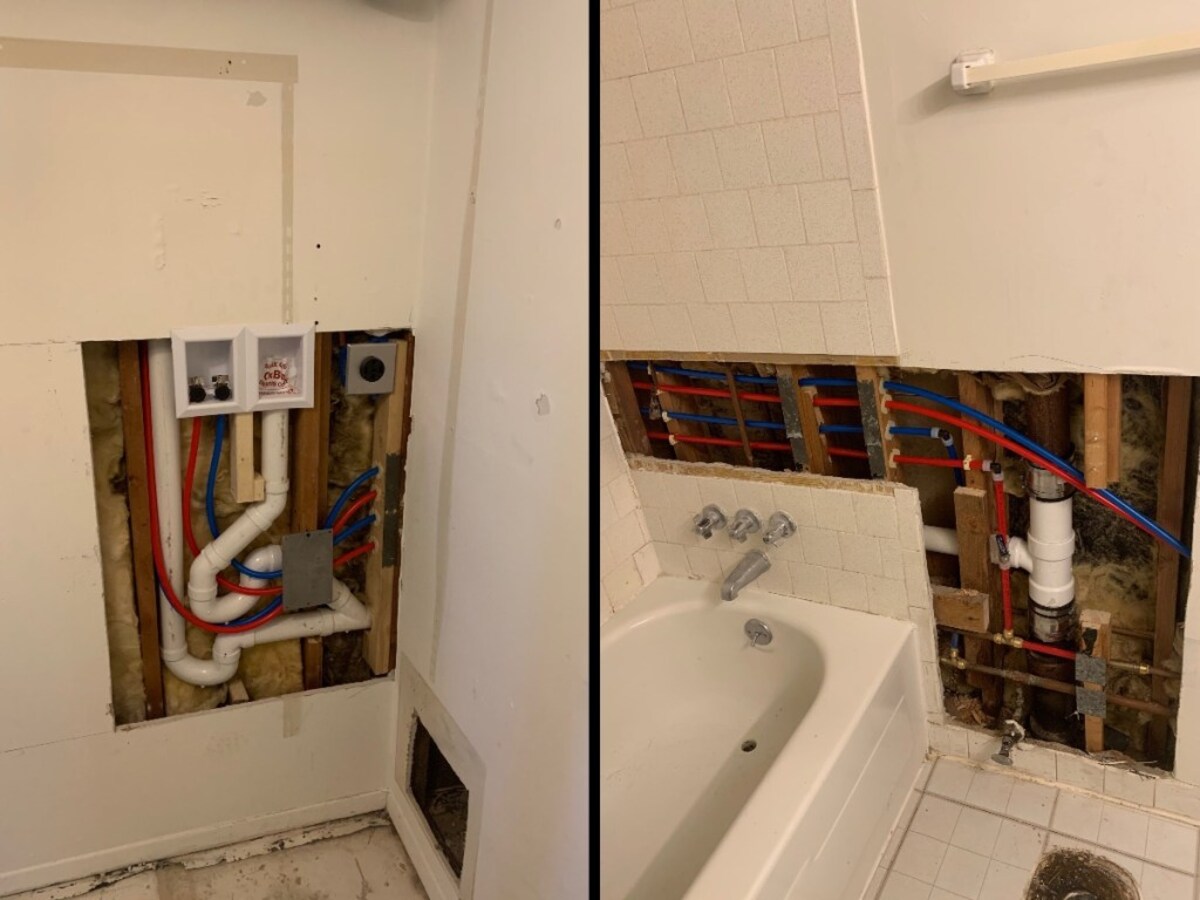
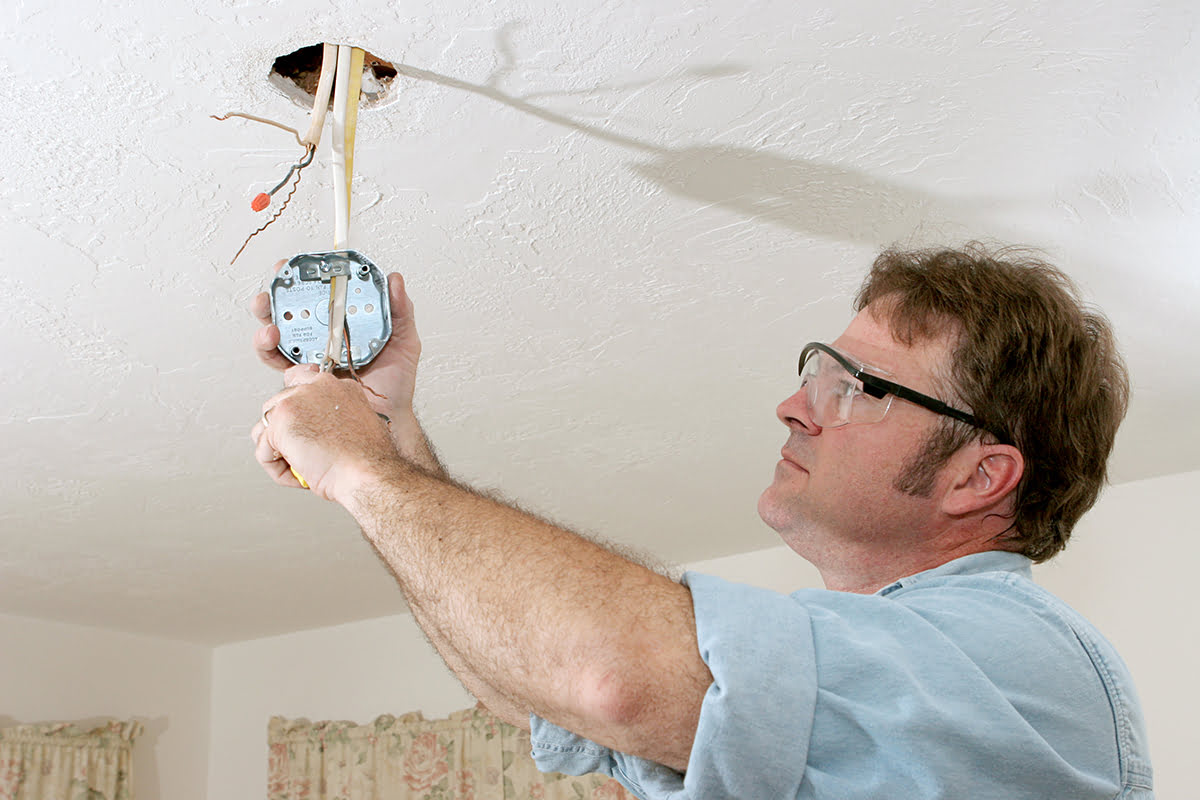
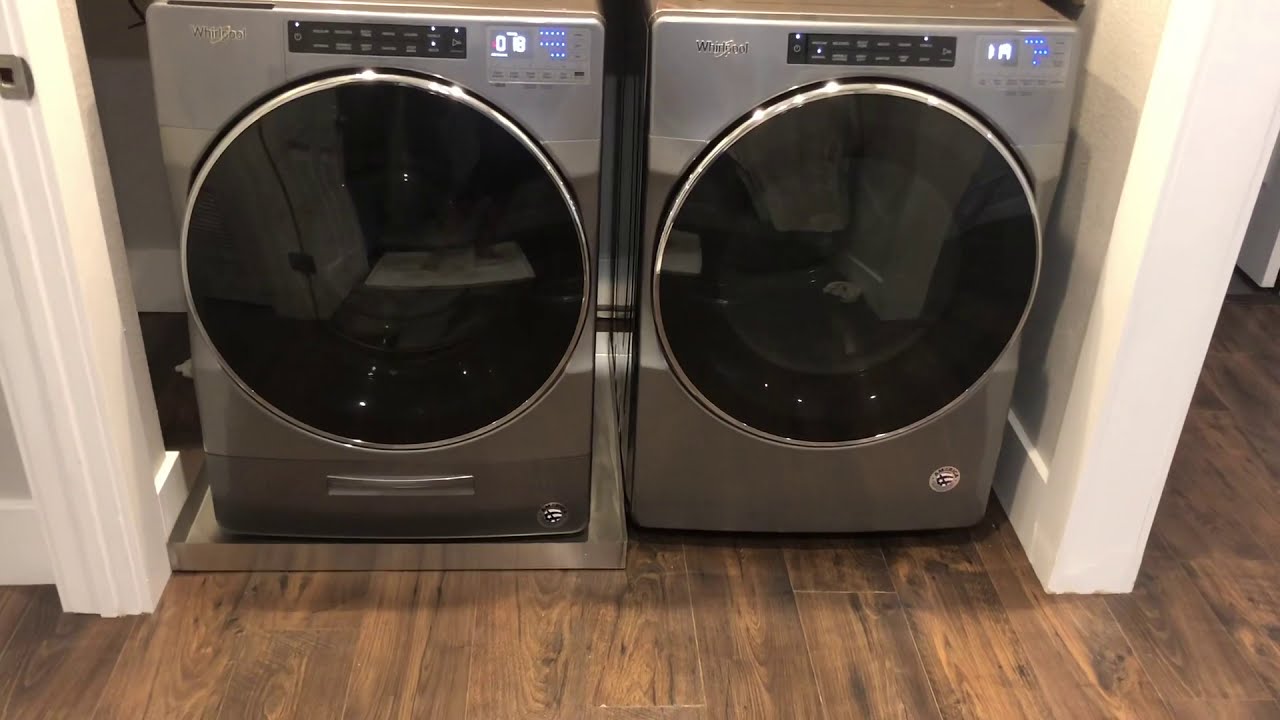
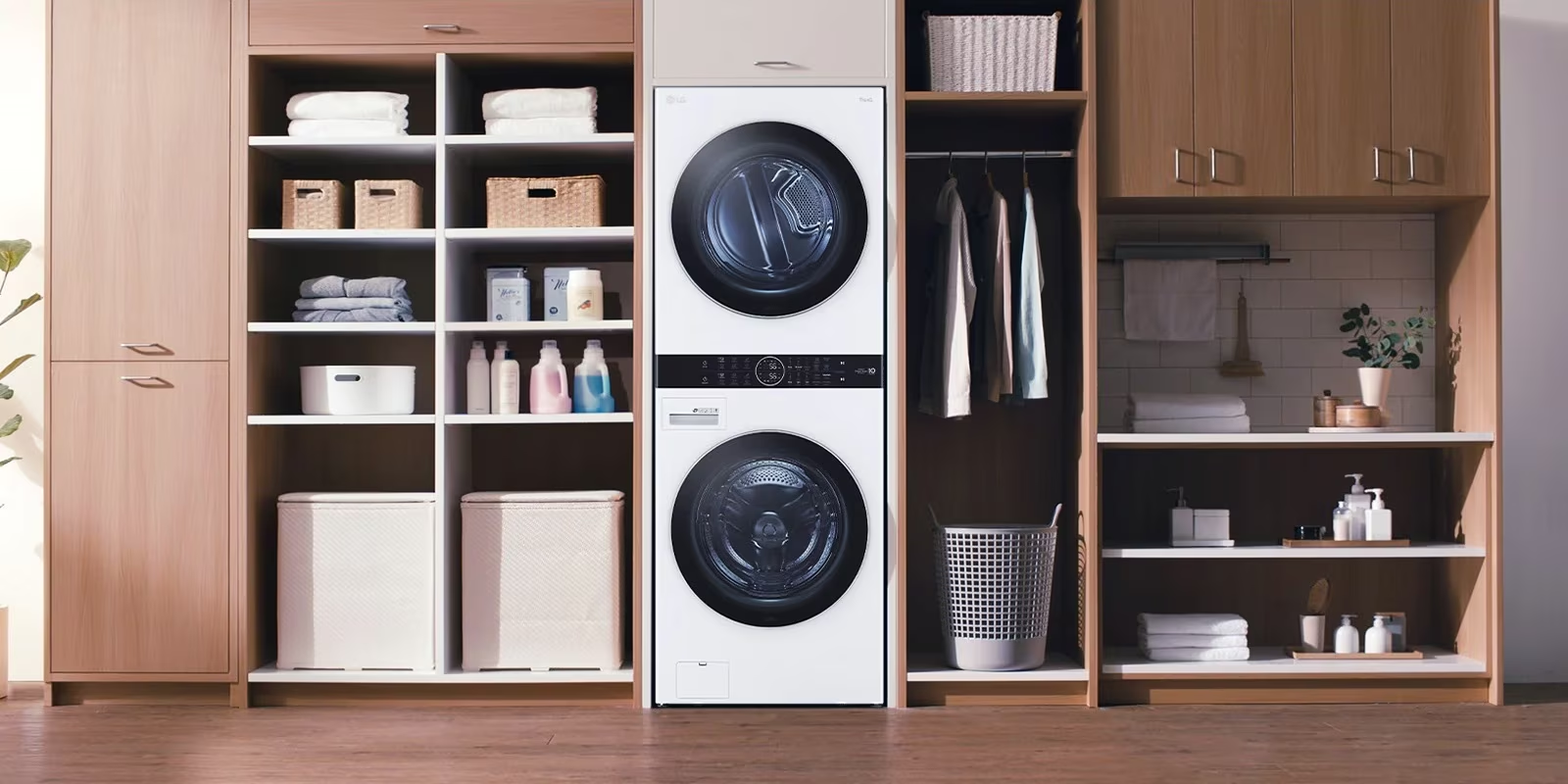
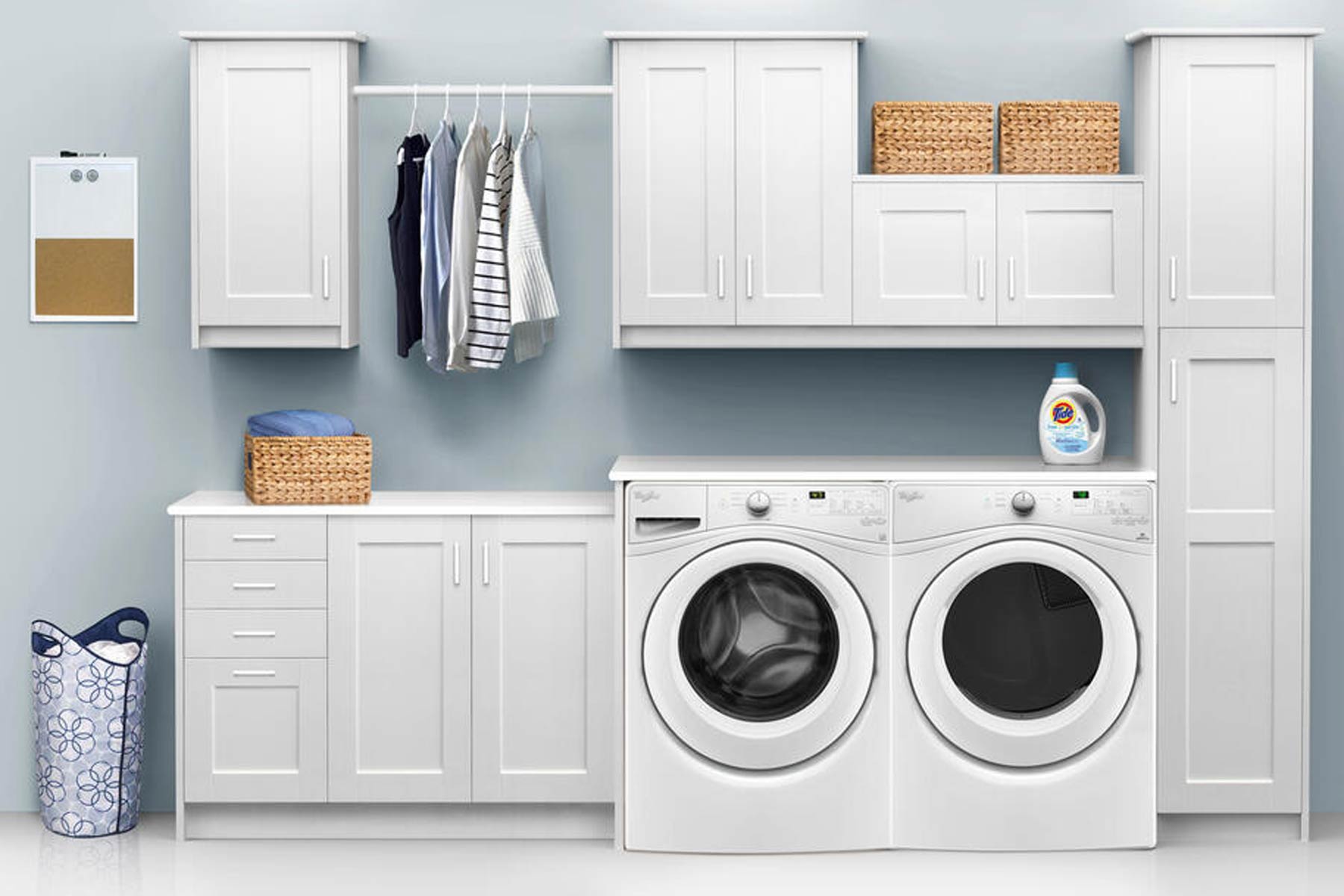
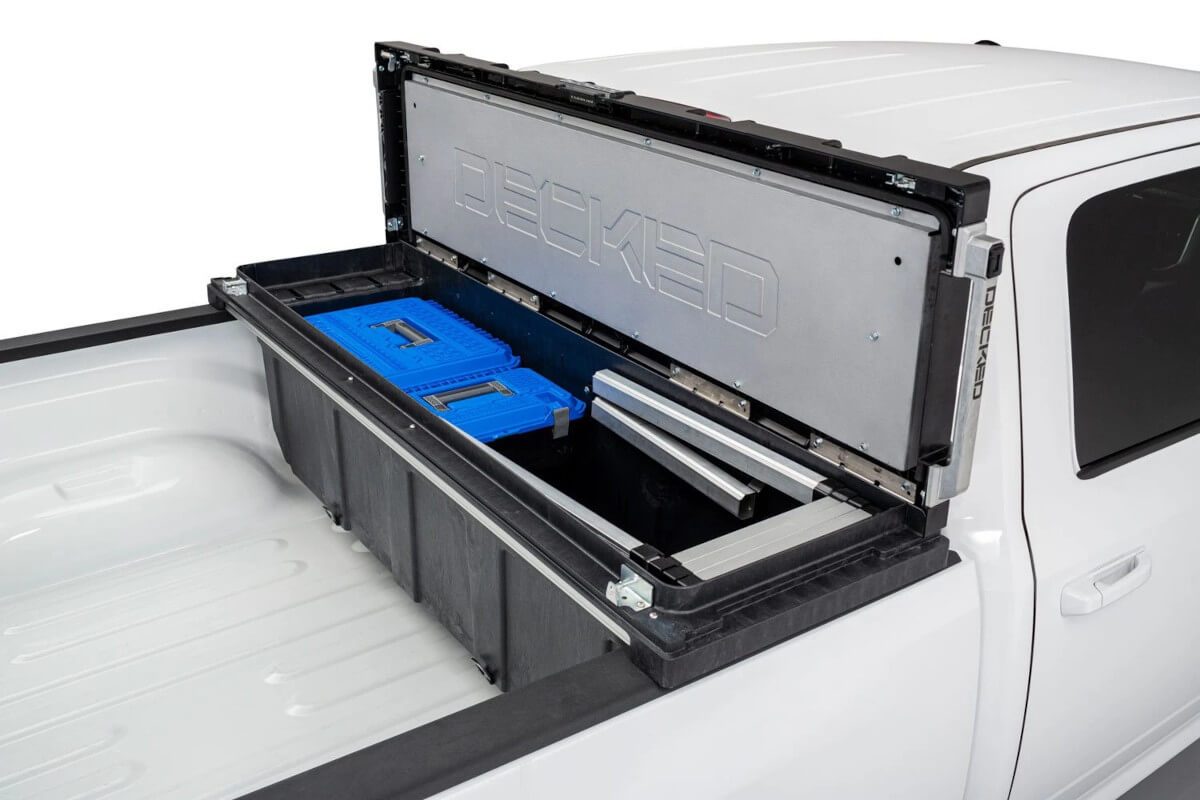
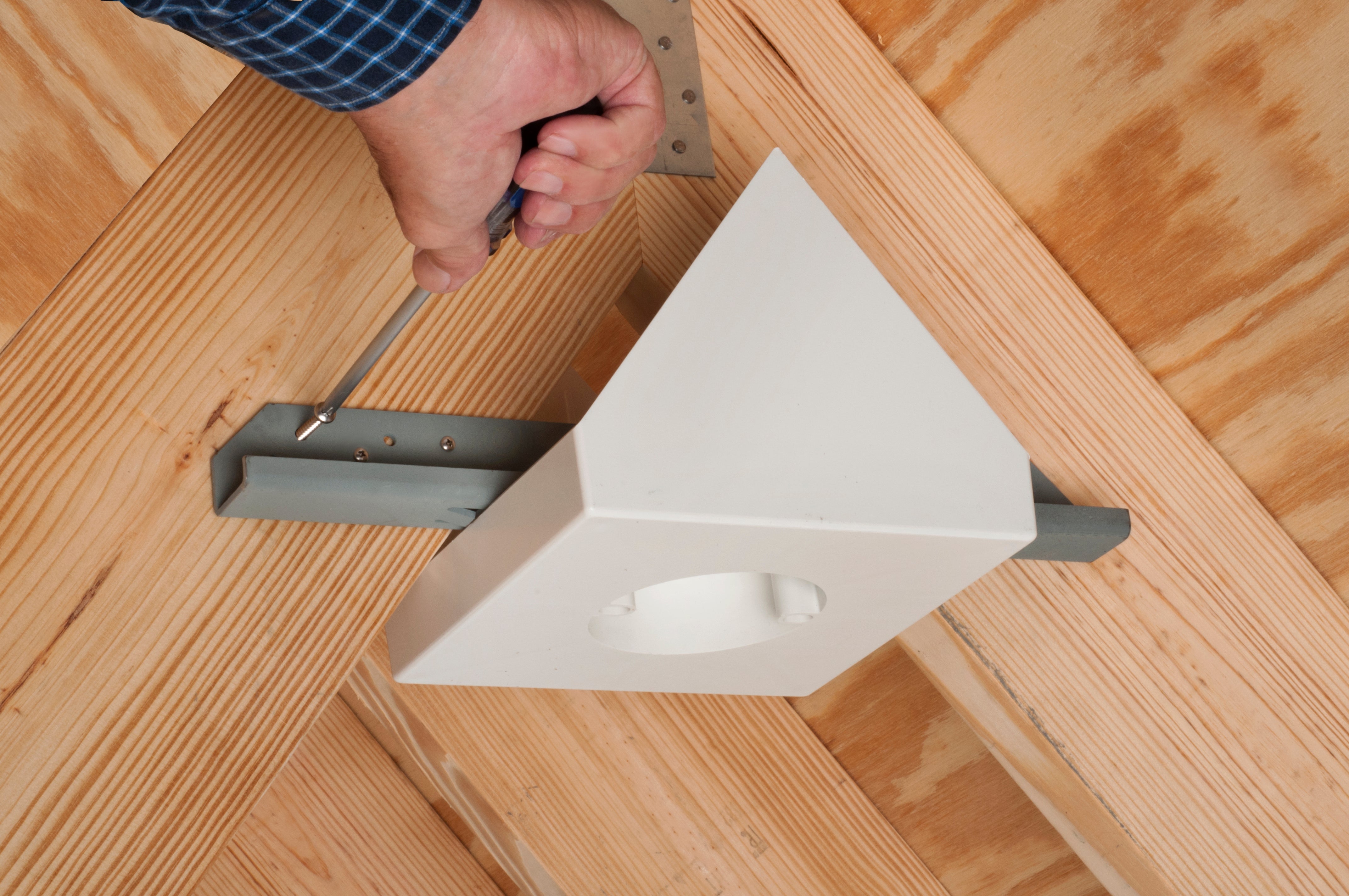
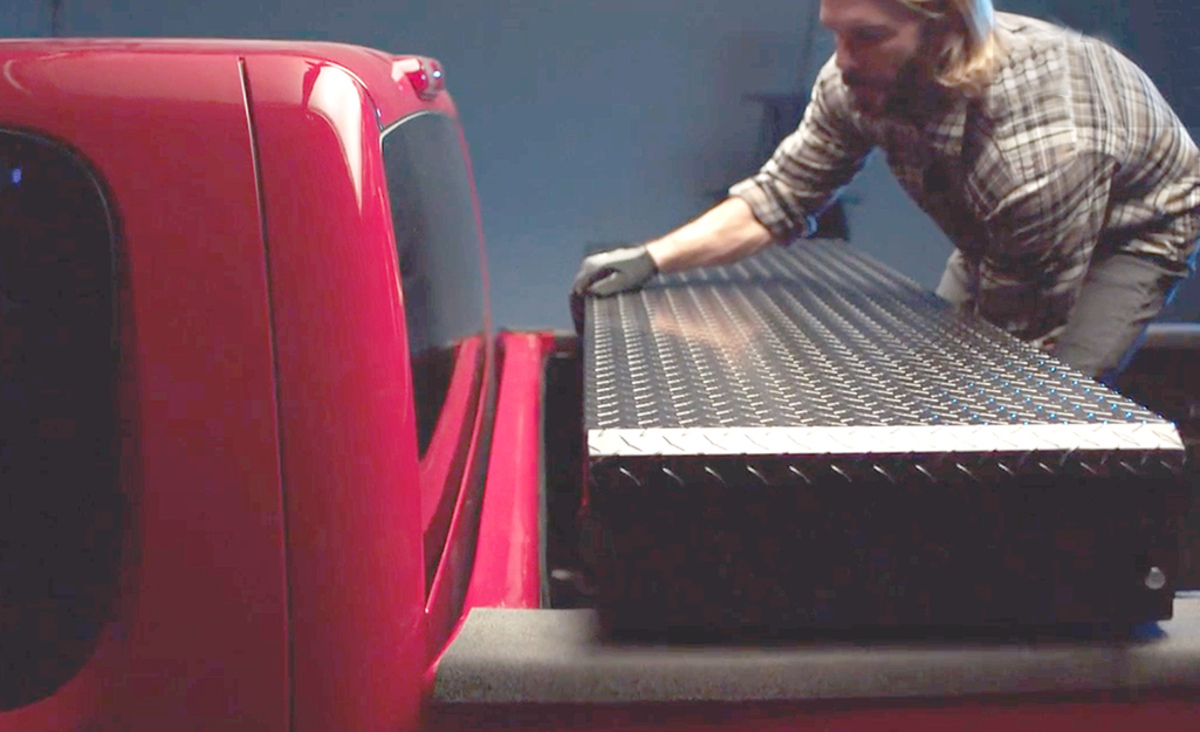
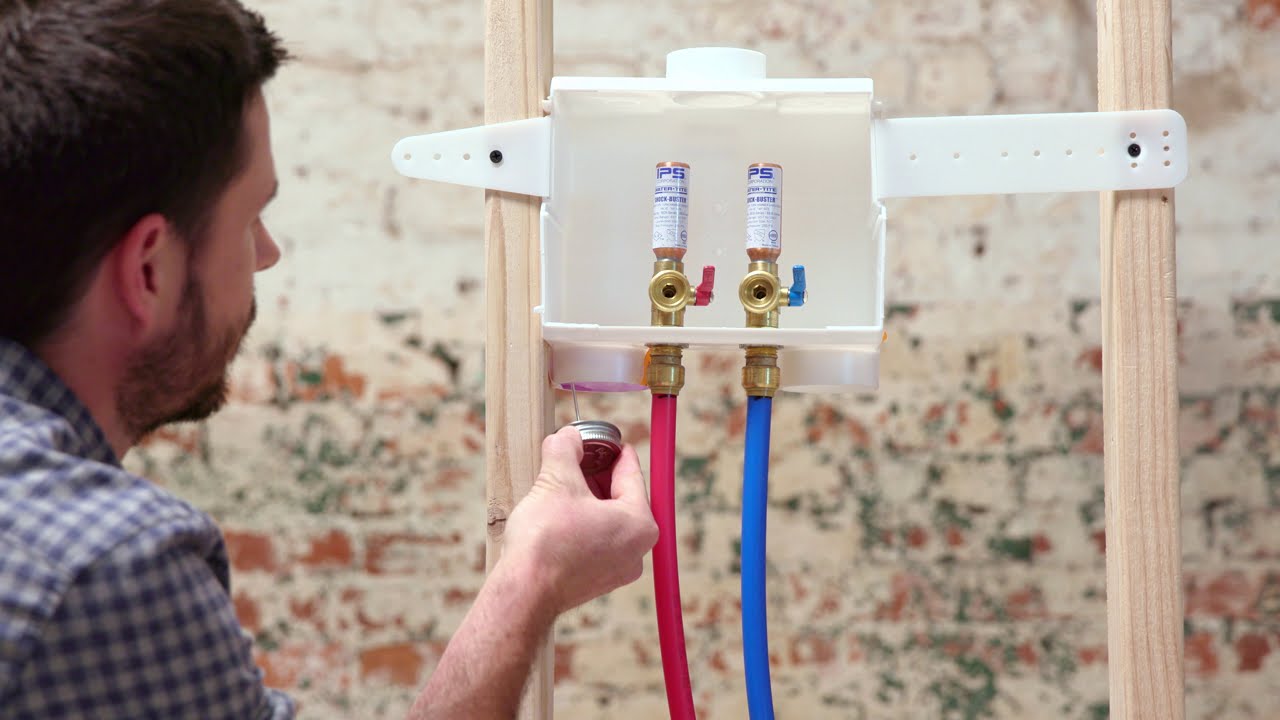
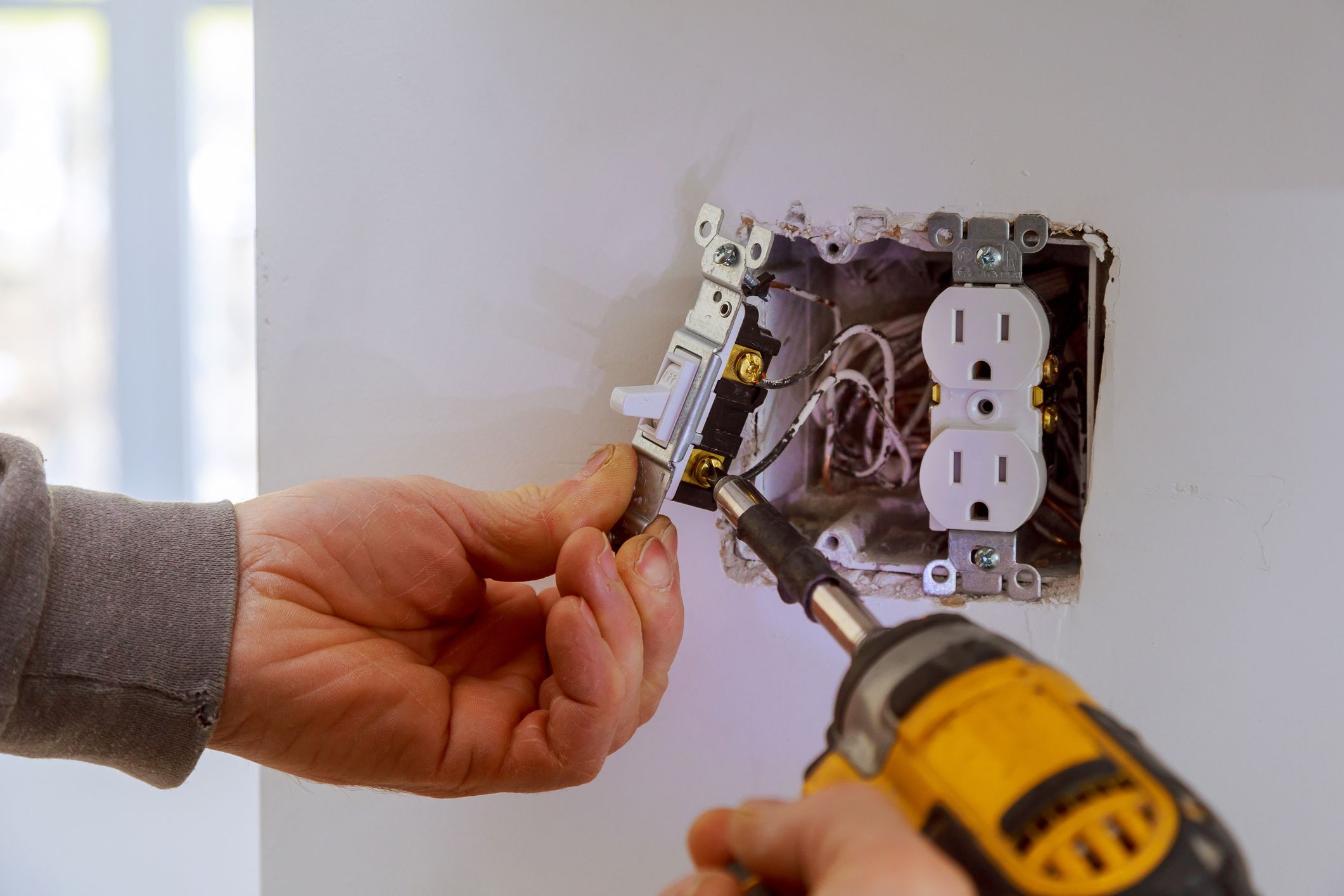
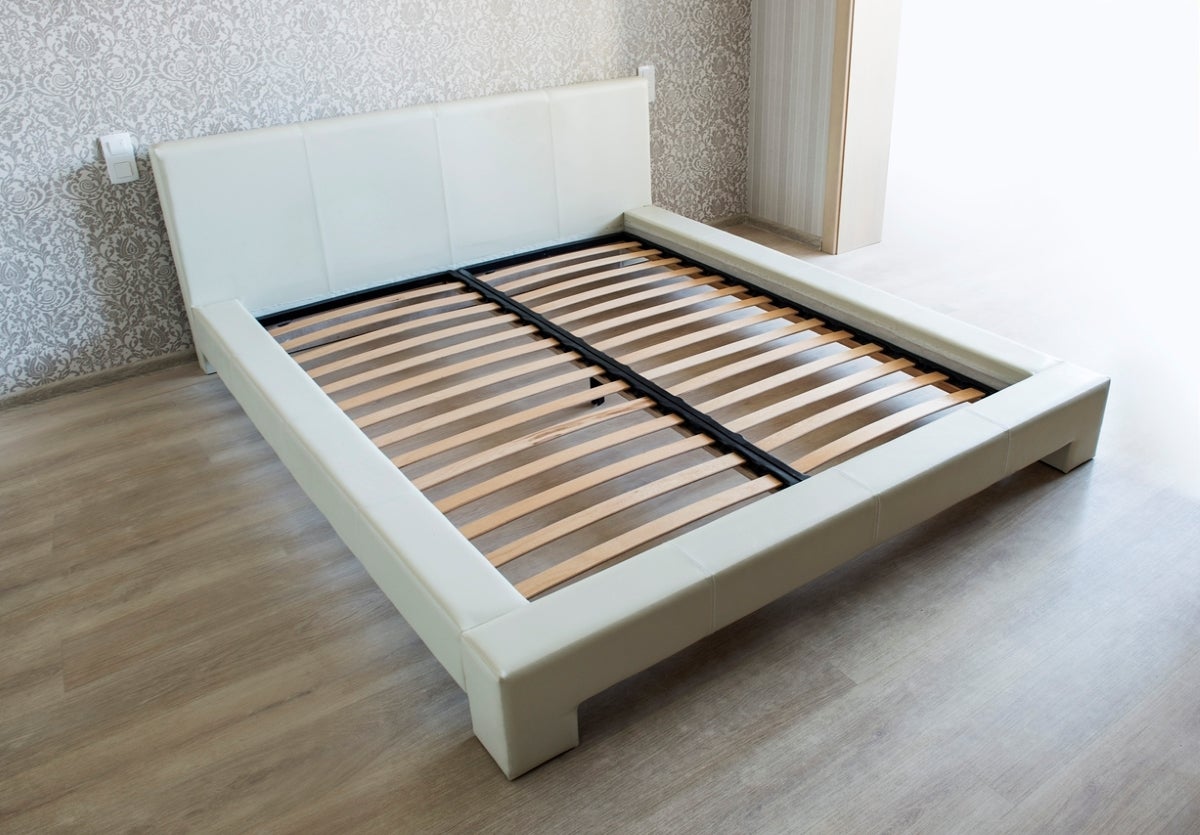
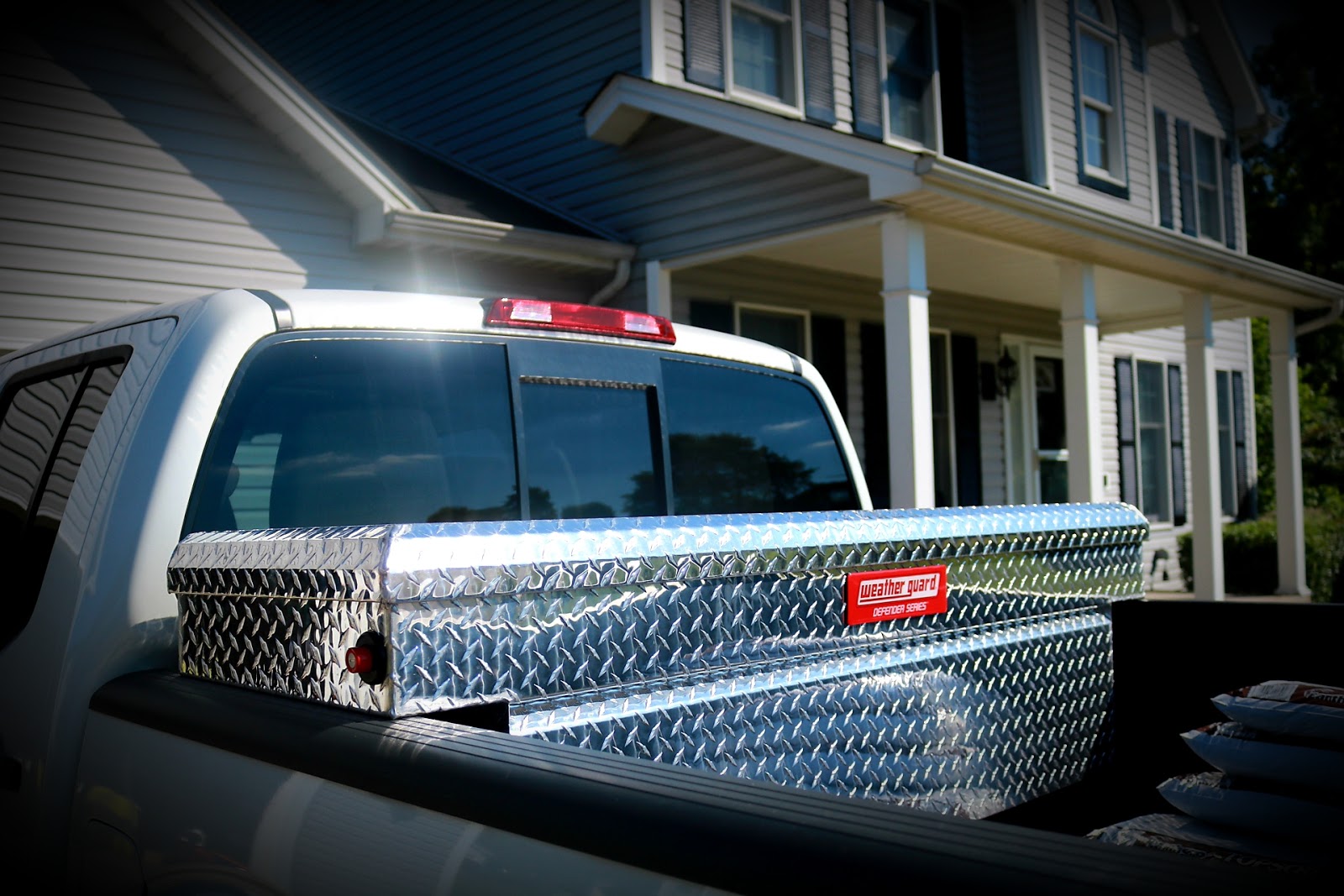

0 thoughts on “How To Install Washer Box”